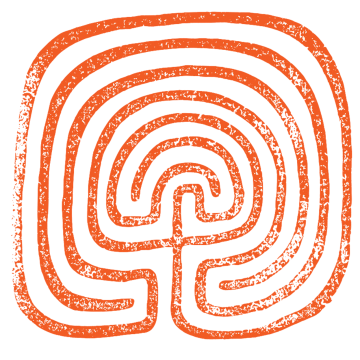Aria Fantasy
Aria Fantasy
Aria Fantasy (2013) for piano quartet – 16’
–vln, vla, vcl, pno
–Commissioned by Ravinia’s Steans Institute
–Premiered Chicago, IL July 2013
Available for purchase as a digital download here.
Score Preview
Program Listing
Aria Fantasy (2013)
Andante-Con moto-Andante-Adagio-Con moto-Tempo di aria
Program Notes
Ludwig writes, “Aria Fantasy” draws its inspiration from the opening (and closing) aria from Bach’s Goldberg Variations; though it does not sound like Bach’s music (with a few notable exceptions). It is a different approach to variations on this variation theme; each section of the aria is transformed and deconstructed throughout to create new patterns and textures of sound. The piece was commissioned by the Ravinia Steans Institute on the occasion of their 25th Anniversary.
“As the story goes, the ‘Goldbergs’ were composed to be played for a royal patron who suffered from insomnia (this is probably not a true account, but facts shouldn’t get in the way of a good story). In this telling, the Goldbergs were pieces written for the wee hours of the night, composed to mollify a restive mind. The imagery of “night music” provides a further backdrop for my piece, which drifts in and out of states of waking dreams. Starry sounds of toy boxes playing distant themes lead to strident and angular piano figurations, which then lead to languid falling scales which in turn lead to fast and irregular crooked dances, which then continue…
“Each section of my Aria Fantasy is inspired by corresponding phrases of the Bach Aria, until all of the previous variations on the Aria’s parts come together in a blurry cloud. As the sound gathers near the end, the central bell-like chord of the piece is loudly rung in the piano twenty-five times (in honor of the Steans anniversary). The sonority crescendos to a raucous climax that ends in receding thunder and resonance. And at the end of the work, that reverberation clears to reveal the source, made distant through the distortion of time.”
Press
...Ludwig also sees the fantasy as a night piece “which drifts in and out of states of waking dreams” — a conception that links it to the (probably apocryphal) story that the Goldberg Variations were commissioned by an insomniac aristocrat who wanted music that would help him sleep.
That may sound esoteric and academic, but the Aria Fantasy is, in fact, a lively, sometimes rousing piece by one of the most popular composers currently living in the Philadelphia area. It’s composed for piano and string trio, and it includes some wild, jazzy passages, moments when a whirlwind of strings surrounds a big bang from the piano, and gentler interludes like the moments when the piano simulates a tinkling bell. – Broad Street Review
—
“David Serkin Ludwig, whose name suggests that he is endowed with a musical background, offered a piece that was full of whimsy, references and seriously interesting playing. “Aria Fantasy for Piano, Violin, Viola and Cello” (2013) was played by Michael Brown, Bella Hristova, Richard O’Neil and Mihai Marcia on the instruments named in that order. The major line was mostly in the piano, but also moved to the strings. Except for two moments when the pianist was asked to stand up and stretch so he could reach deep into the piano to pluck a string (a good technique to stimulate physical exercise) the music stuck to the historic norms of the instruments. In other words, it was tonal, and most pleasingly so.
Ludwig (b. 1974) was on hand to offer a few brief comments in which he mentioned that the violin part was to be played by his wife (who as a Young Concert Artist will play a recital at Merkin Hall the following Tuesday). He also mentioned that he was moved by the variations of the Goldberg Variations which appeared most congenial at the opening and closing of the piece, and otherwise served as his inspiration. One could hear all kinds of allusions from Beethoven to sirens and bells. The piece benefitted from a sense of structure and organization frequently missing in contemporary music, and from hewing to a set of ideas that made sense. We thought this an excellent addition to the repertoire.” — The Millbrook Independent



